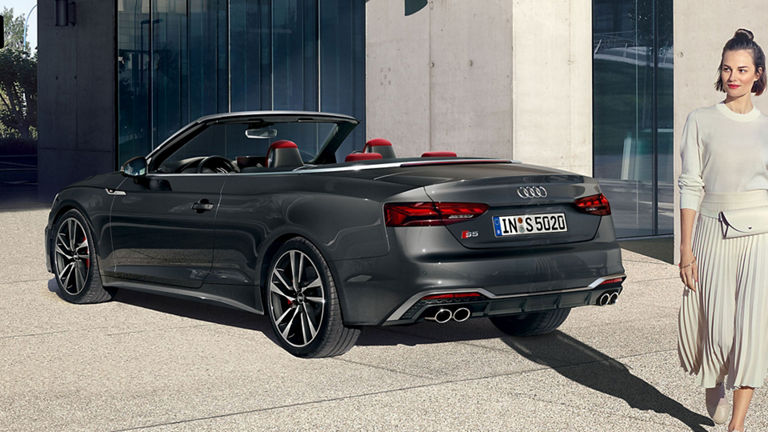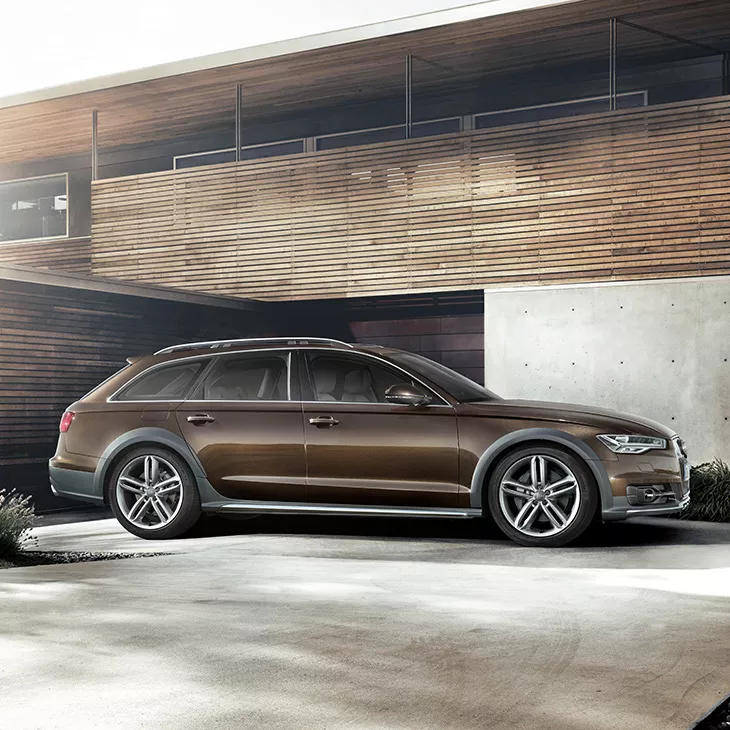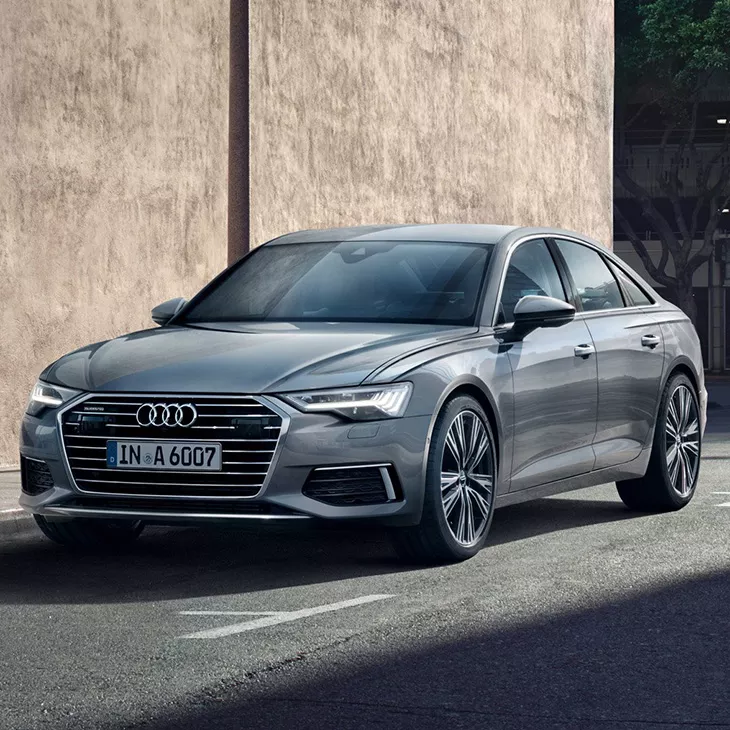Audi GAP Insurance products are designed to ensure that if the unforeseen happens, you and your Audi have the best protection you need. Our GAP insurance (also known as Guaranteed Asset Protection) helps to bridge the payment GAP between the settlement amount from your motor insurer and the original purchase price of your car.

GAP Insurance
GAP Insurance
Finance is provided by way of Hire Purchase Agreement from Volkswagen Financial Services Ireland and subject to lending criteria.


